De la formación a lo público
Curada por Monica Amieva y Willy Kautz
Museo de Arte Carrillo Gil
Ciudad de México,México
2016
Este proyecto consistió en un viaje de 4 meses por el Caribe mexicano (Yucatán, Quintana Roo,Tabasco, Campeche
and Veracruz) con una VW modelo Caribe del 83’ como navío terrestre. Durante estos meses busque lo que teóricos caribeños
denominan como “cultura insular compartida” que son los
factores que crean ciertos denominadores en común en la
región caribeña, que ya no se limita a los territorios insulares
sino parte de las costas continentales. Durante esta investigación desarrolle dos publicaciones
a.C. (antes del Caribe):
Bitácora de viaje, y d.C. (después del Caribe); y también una
series de piezas que abordan ideas acerca del mar y su importancia en la narrativa de la Cuenca caribeña, la cual tiene
un impacto tremendo en la arquitectura de la región. Estos
trabajos tomaron forma de acuarelas, esculturas, intervención
de objetos y una proyección de diapositivas.
VW Caribe 83’,projector de díapositivas,mesa
Prólogo Caribeño
VW Caribe 83’,projector de díapositivas,mesa
de madera con estructuras en hierro,lozas criollas,mosquiteros,acuarelas,publicacione,objetos
Dimensiones variables
2016










Overview of exhibition
Caribbean Prologue
VW Caribe 83’, slide proyector, wood table with iron structure, hydrolic tile,mosquito net,water color,publications,objects Variable dimensions2016
This project consisted on a 4 month trip in the Mexican caribbean part of the country (Yucatán, Quin- tana Roo, Tabasco, Campeche and Veracruz) with a 1983 WV Caribe model (known as Rabbit, in USA or the rst Gulf in Europe) as my means of transportation.During the duration of this trip I set out to look for what some academics call the “shared insular-culture” which are the similar factors that some- how create common denominators among the caribbean region, which not only includes the islands but also some parts of the continental countries. In the time of this search I developed two publications: a.C.(antes del Caribe): Bitácora de viaje, and d.C.(después del Caribe); and also a series of works around the ideas of the ocean as an important subject in the caribbean narrative which has a tremendous impact on the architecture in the region. This works took shape in the forms of watercolors, sculptures, intervened objects and a projection of photographs.
a.C. (antes del Caribe) cómo la bitácora, que utilizó distintos recursos como son el dibujo, la fotografía y el texto, me parece adecuado por el hecho de ser un registro personal de la búsqueda de la caribeñidad mexicana. Estableciendo que la realiza un mexicano capitalino trasladado a isla de Puerto Rico, donde crece entre mar, sol y salitre para adoptarla como hogar. a.C. (antes del Caribe) no tan sólo es un registro del recorrido del viaje, sino que se vuelve un vínculo entre el isleño que busca esa otra isla hermana en el continente.
b.C. (before the Caribbean): Travel journal,is a journal that records those four months of travel, which compiles notes, drawings, texts, and photographs. The name for the journal is an extract of a book which is part of the crucial references for the project. Antonio Benítez Rojo’s Repeating Islands, were the cuban write proposes, intentionally or unintentionally a small but significant change in the way we read and distribute history. a.C. is the Spanish equivalent for b.C. (before the death of Christ) which is the current way we divide our history, but Benítez Rojo proposes a more signi cant event in history to truly divide old history from new. This event is the discovery of the “New World” by europeans, which begins not in the continent but in the islands we know today as the Caribbean.
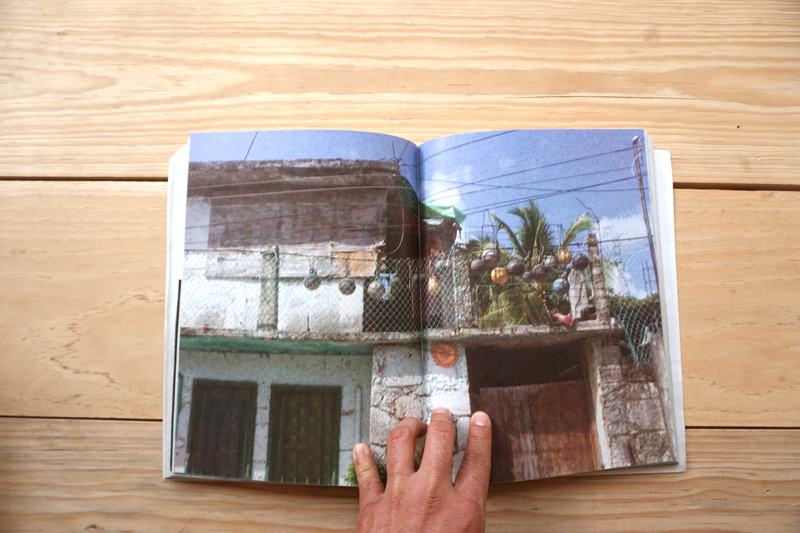


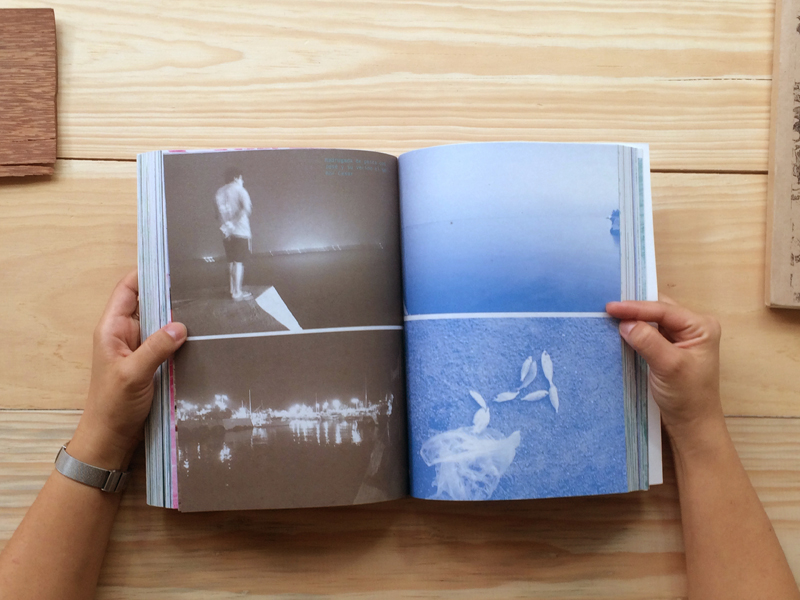
d.C. (después del Caribe), que parte de las publicaciones El libro de la familia y Con nuestros propios esfuer- zos como referentes. El archivo consistió de recopilación de información que parte de la siguiente premisa:
“Construir una nación, hoy día, es pensar primero en sistemas de producción, de intercambios comerciales, de mejoramiento del modo de vida, sin los cuales la nación pronto se convertiría en ilusión. Pero cada día se descu- bre en el mundo que también se necesita un sentido de la personalidad colectiva, de lo que se llama dignidad o la especificidad, sin las cuales la nación quedaría precisamente vaciada de su sentido.”
Entonces, este archivo propone ser una herramienta para esa región del Caribe mexicano. Recopilando esos sistemas de producción, sean más artesanales o más tecnológicos; esos intercambios de comercio, que unifi- can y expanden éste caribe; y las experiencias que mejoran el modo de vida, en relación a la geografía que se ocupa.
“Construir una nación, hoy día, es pensar primero en sistemas de producción, de intercambios comerciales, de mejoramiento del modo de vida, sin los cuales la nación pronto se convertiría en ilusión. Pero cada día se descu- bre en el mundo que también se necesita un sentido de la personalidad colectiva, de lo que se llama dignidad o la especificidad, sin las cuales la nación quedaría precisamente vaciada de su sentido.”
-Edouard Glissant. Creación intelectual y creación popular. El discurso antillano.
Entonces, este archivo propone ser una herramienta para esa región del Caribe mexicano. Recopilando esos sistemas de producción, sean más artesanales o más tecnológicos; esos intercambios de comercio, que unifi- can y expanden éste caribe; y las experiencias que mejoran el modo de vida, en relación a la geografía que se ocupa.



a.C. (after the Caribbean) is the beginning of a large archive that seeks to document tools, techniques and objects that have been developed in the Caribbean region of Mexico, in various crafts and situations. Following the model of the cuban publish book called Con nuestros propios esfuerzos, which is publish at the beginning of the 90’s when the economic crisis in Cuba hit the country and the people of Cuba, after an initiative from the government, made a compilation of tools, techniques and objects from almost all branches of human activity. To health remedies, to food, and from farming to alternatives in transportation. Most of this objects or techniques are now an essential part of the creativity and object- landscape of the cuban community. d. C. is a small step to record a similar archived of objects and techniques.
So, this archived proposed to be a tool for that region of the Mexican Caribbean. Compiling those production systems, be more artisanal or more technological; those trade exchanges, which unify and expand this Caribbean; and the experiences that improve the way of life, in relation to the geography that is occupied.
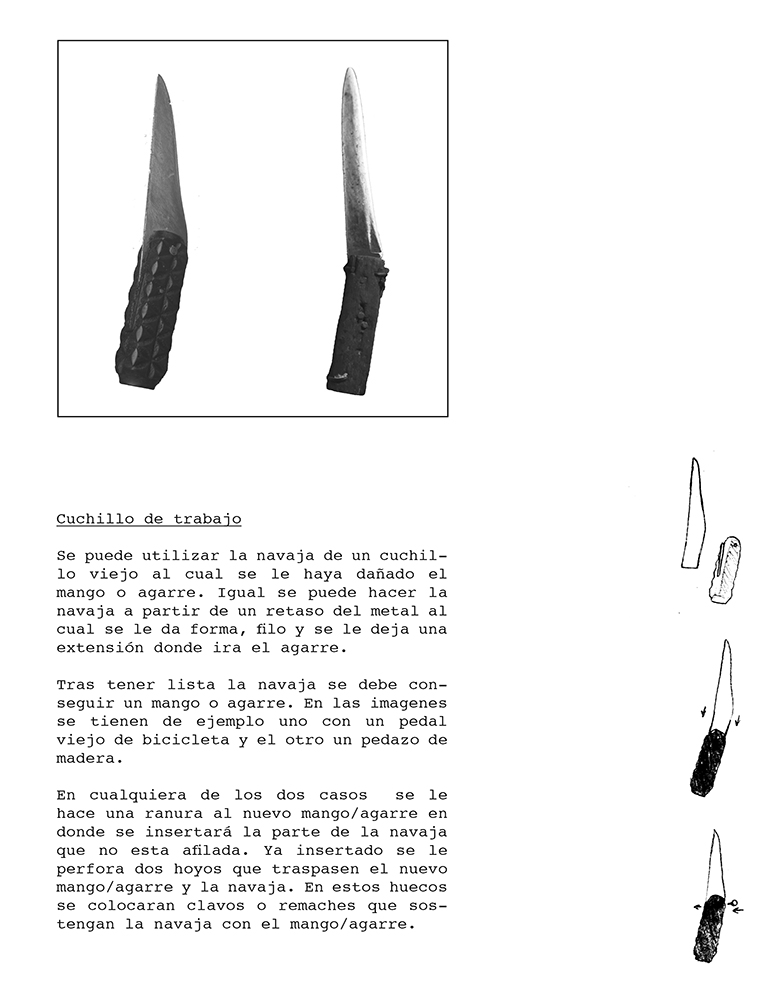
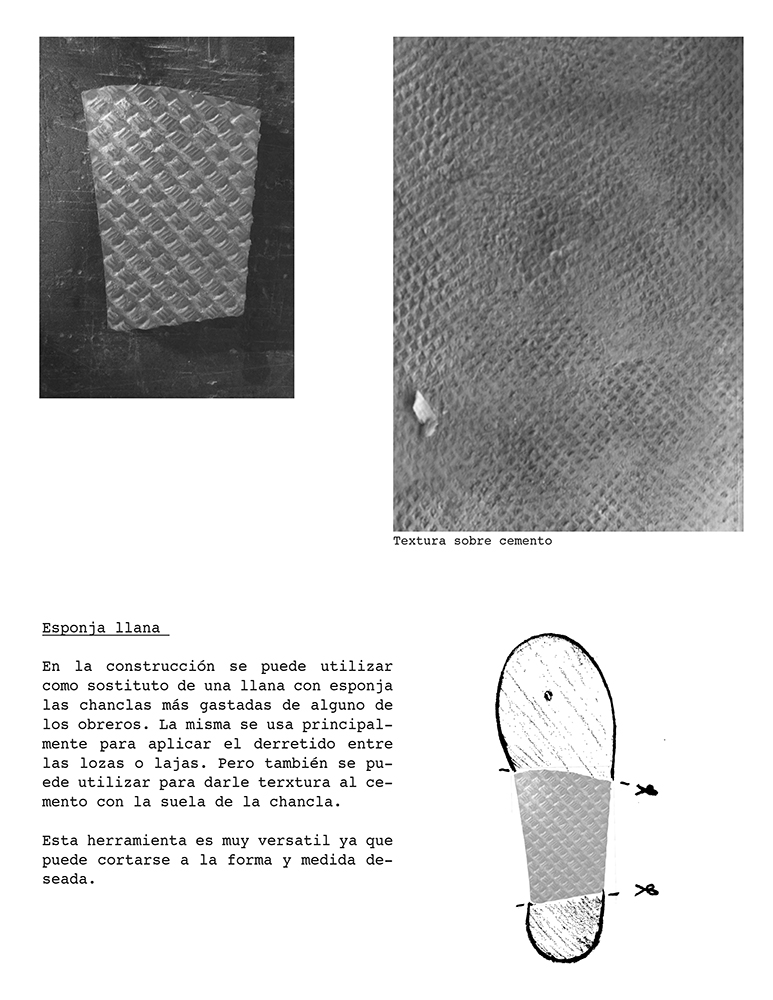

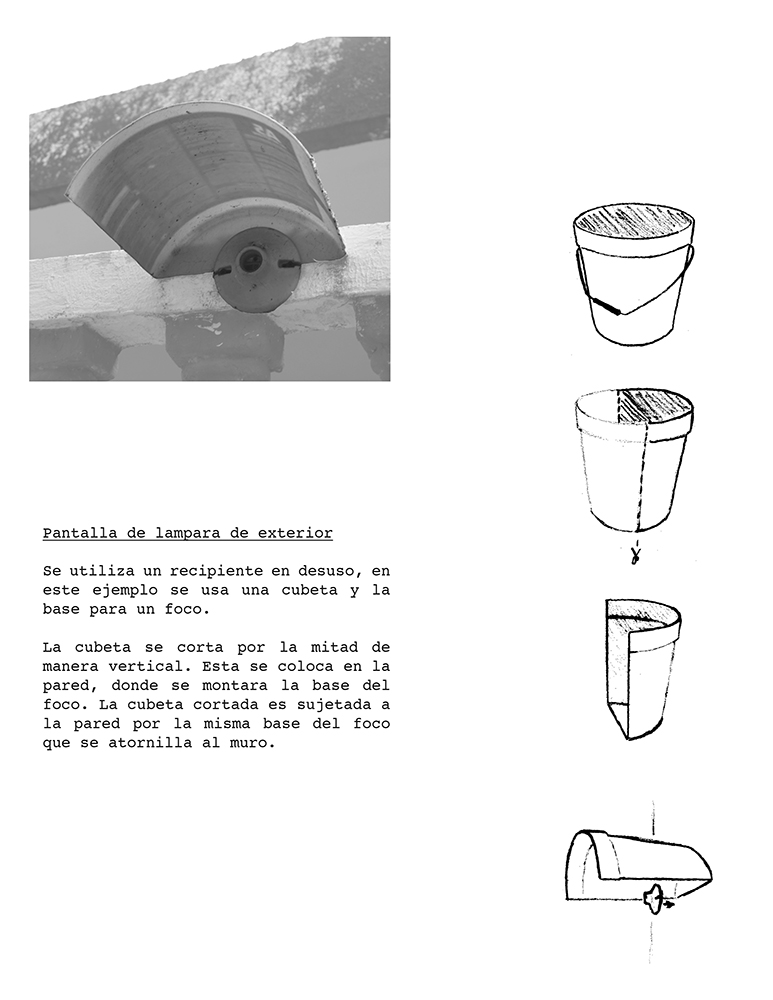



Estas acuarelas son una selección de un archivo de piscinas vacías en las casas de las costas de la península de Yucatán. Ambas de casa abandonadas o propiedades que se habitan exclusivamente en temporadas de vacaciones. La mayoría de estas albercas estén irónicamente mirando al mar.
These watercolors are a selection of an archive of empty swimming pools in the houses of the coasts of the Yucatan Peninsula. Both abandoned homes or properties that live exclusively in holiday seasons. Most of these pools are ironically looking out to sea.
Prensa
Press
︎La Jornada
︎México es Cultura
︎Metafile